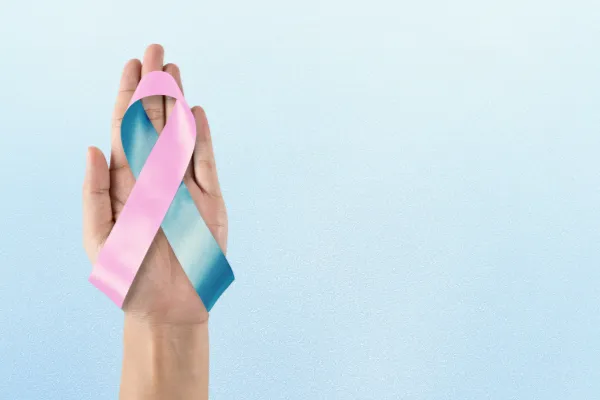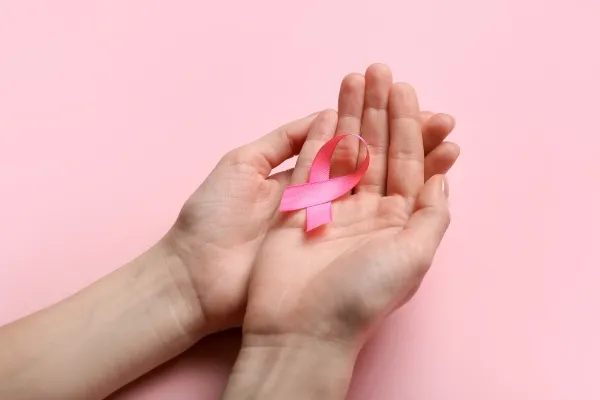Topics
What are allergic reactions?
Allergic reactions are sensitivities to allergens that come in contact with the nose, eyes, respiratory tract, skin and gastrointestinal tract. They may be inhaled into the lungs, ingested, or injected.
What are the common allergens?
Common allergens include:
- Food: Peanuts, milk, eggs, wheat, soy, shellfish.
- Inhalants: Airborne substances that you inhale (breathe in) cause allergies. They include seasonal and perennial allergens, which can affect you at any time of the year.
- Medication: Antibiotics, nonsteroidal anti-inflammatory drugs (NSAIDS), insulin, chemotherapy drugs.
- Venom from stinging insects: Bees, hornets, wasps, yellow jackets.
- Latex: Rubber gloves, condoms, bandages, rubber balls.
What are the symptoms of an allergic reaction?
Common symptoms of an allergic reaction include:
- Generalised hives, pruritus, or flushing
- Nasal congestion
- Rashes
- Watery, red eyes
Symptoms of moderate to severe reaction include:
- Swollen lips-tongue-uvula
- Feeling of fullness of lump in the throat
- Breathlessness
- Wheezing
- Abnormal, high-pitched breathing
- Severe crampy abdominal pain
- Repetitive vomiting
- Diarrhoea
- Dizziness / fainting
What is anaphylaxis?
Anaphylaxis is a severe allergic reaction that requires immediate medical attention. It can be caused by food, insect bites or medications.
Epinephrine is the first and most crucial treatment for anaphylaxis, and it should be administered as soon as anaphylaxis is identified to prevent the development of life-threatening symptoms.
Early administration of epinephrine can reverse symptoms of anaphylaxis. Use the epinephrine injection exactly as prescribed by the doctor.
How to use an EpiPen on yourself?
- Hold the pen in your dominant hand, with the blue end facing upwards and the orange tip pointing downwards. “Blue to the sky, orange to the thigh”.
- Remove the blue safety cap.
- Place the EpiPen against the outer thigh. Hold the EpiPen at a 90-degree angle, approximately 10 cm distant.
- At a right angle, inject the EpiPen into the outer thigh. Hold securely for 3 seconds, then remove and discard safely.
How to use an EpiPen on someone else?
- If you notice someone experiencing severe allergic reactions (anaphylaxis) and have an EpiPen, stay calm and quickly assess the person’s condition. Call an ambulance immediately.
- Before administering the EpiPen, if the person is conscious and able to communicate, ask for consent to administer the epinephrine.
- With the EpiPen in your hand, remove the blue safety cap.
- Place the EpiPen against the outer thigh. Hold the EpiPen at a 90-degree angle, approximately 10 cm distant.
- At a right angle, inject the EpiPen into the outer thigh. Hold securely for 3 seconds, then remove and discard safely.
In an emergency, epinephrine can be injected through clothing and given as an injection into the middle of the outer thigh.
Always keep your automatic injection device on you or within reach so that you can administer epinephrine swiftly in the event of an allergic reaction.
Book an appointment at Pantai Hospitals
A dedicated and expert team of specialists at Pantai Hospitals is available for consultation to provide the best care and assistance to patients through screening, diagnosis, and treatment.
Get in touch with us to book an appointment with the Allergy and Immunology specialists at Pantai Hospitals for more information on allergy tests or book an appointment with a Paediatrics specialist if you have any concerns or questions about allergic reactions in your children.
If someone you know is experiencing severe allergic reactions, call for an ambulance immediately or head straight to the nearest Pantai Hospitals Accident and Emergency (A&E).
Pantai Hospital has been accredited by the Malaysian Society for Quality in Health (MSQH) for its commitment to patient safety and service quality.













